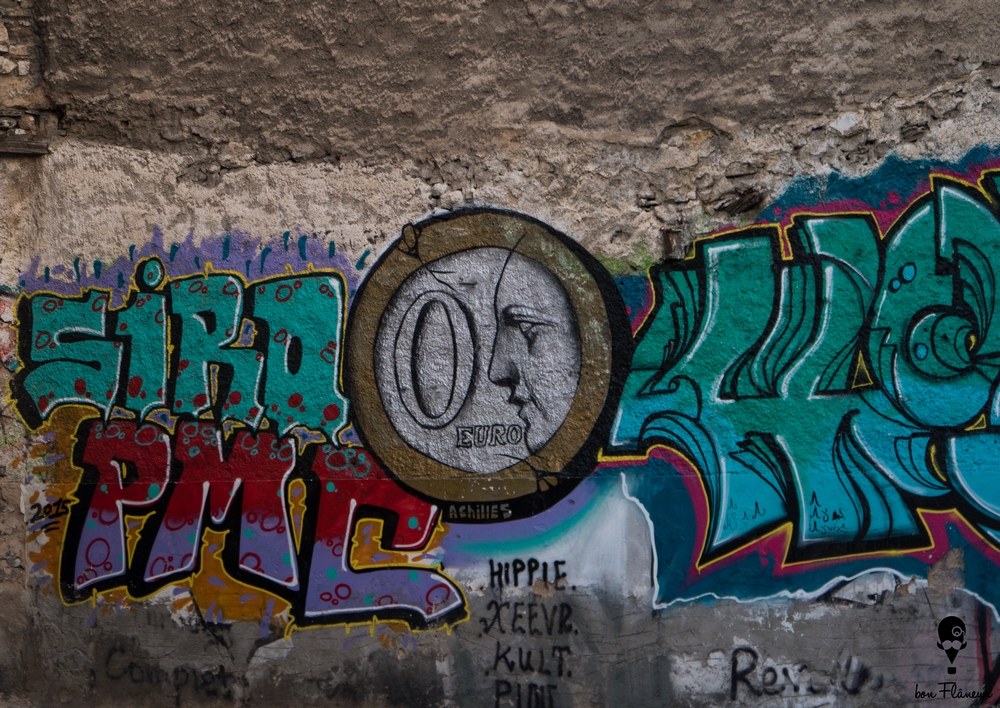Psyrri
The cultural diversity of Psyrri is reflected on its distinct colour graffiti inspired by a wide variety of themes.
Location
Timeline
Modern and Contemporary era (1821 - )
In the 19th century, the region becomes a state within a state.
1893 The "tough guys" are held up to the public ridicule.
2007 The area is gradually losing its primacy in the nightlife and artistic activity in the city.
























Share